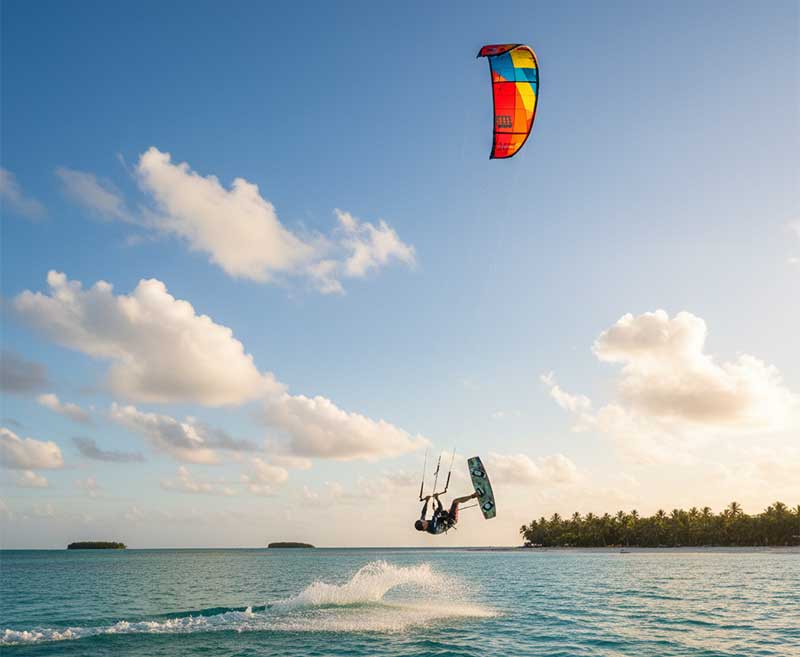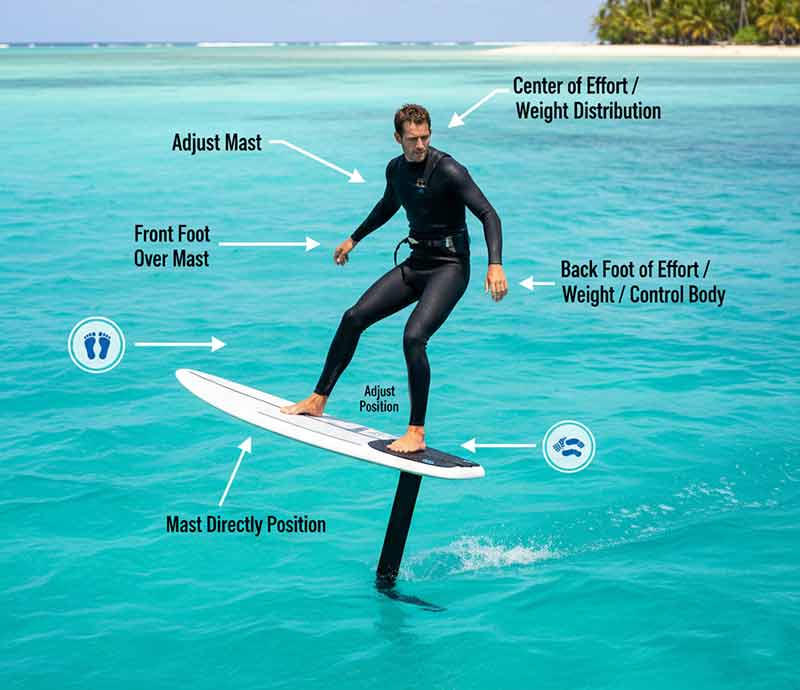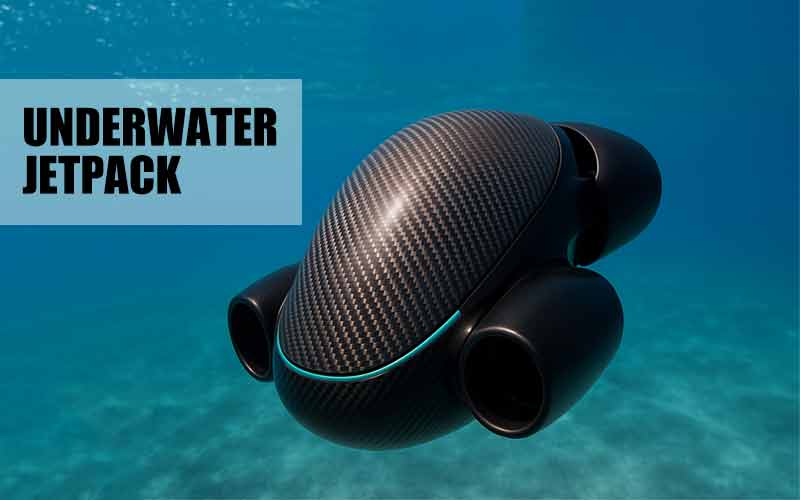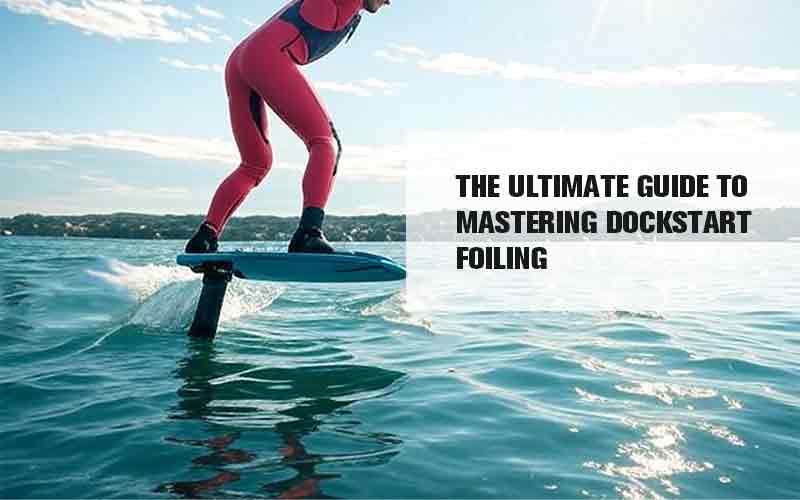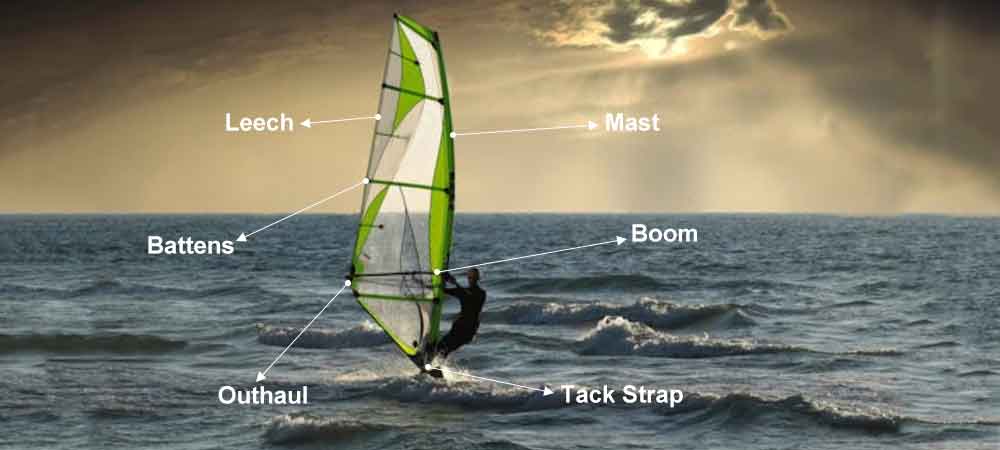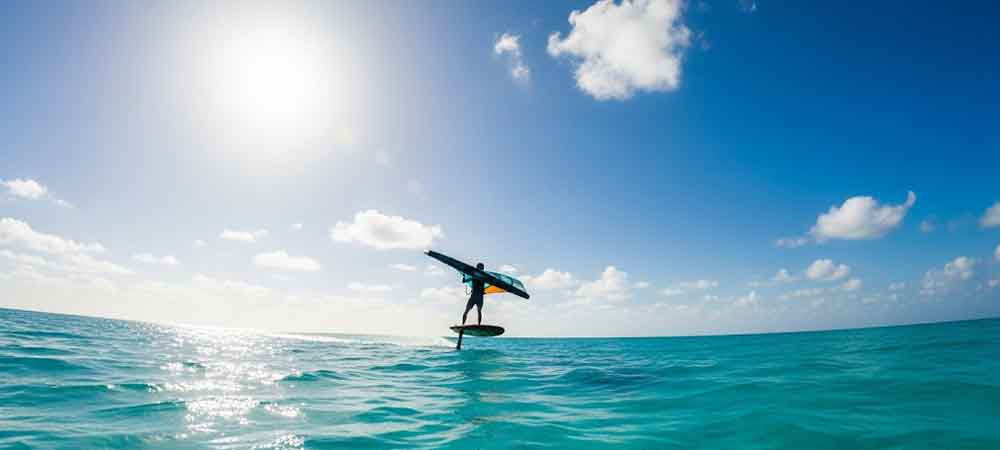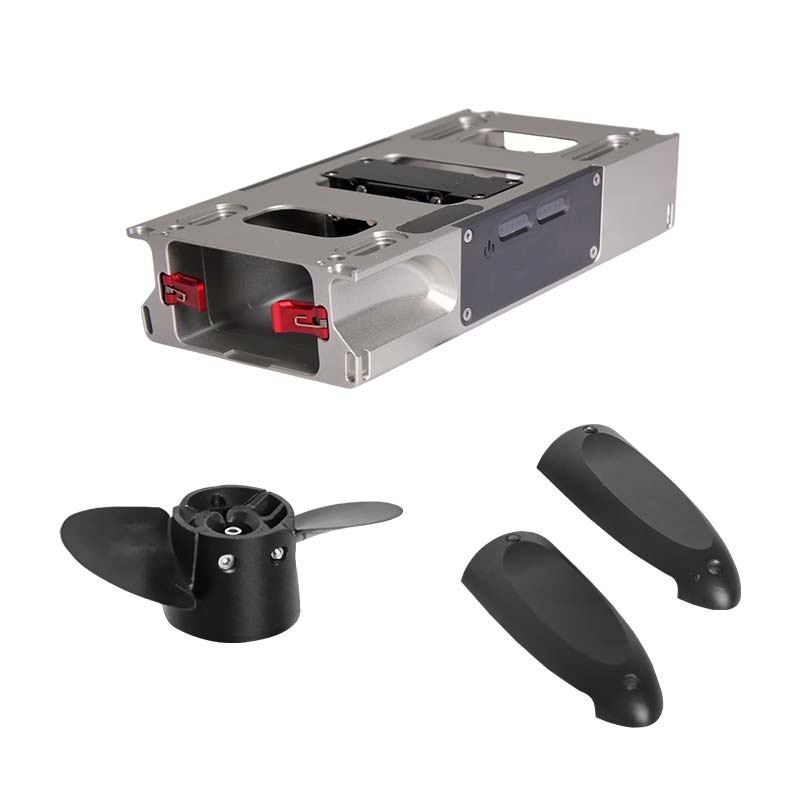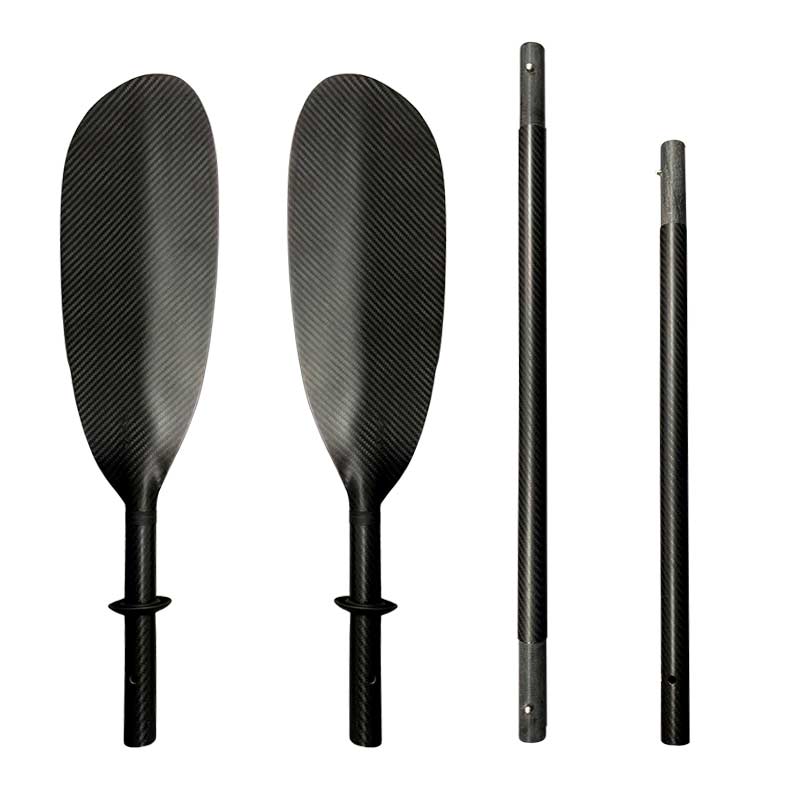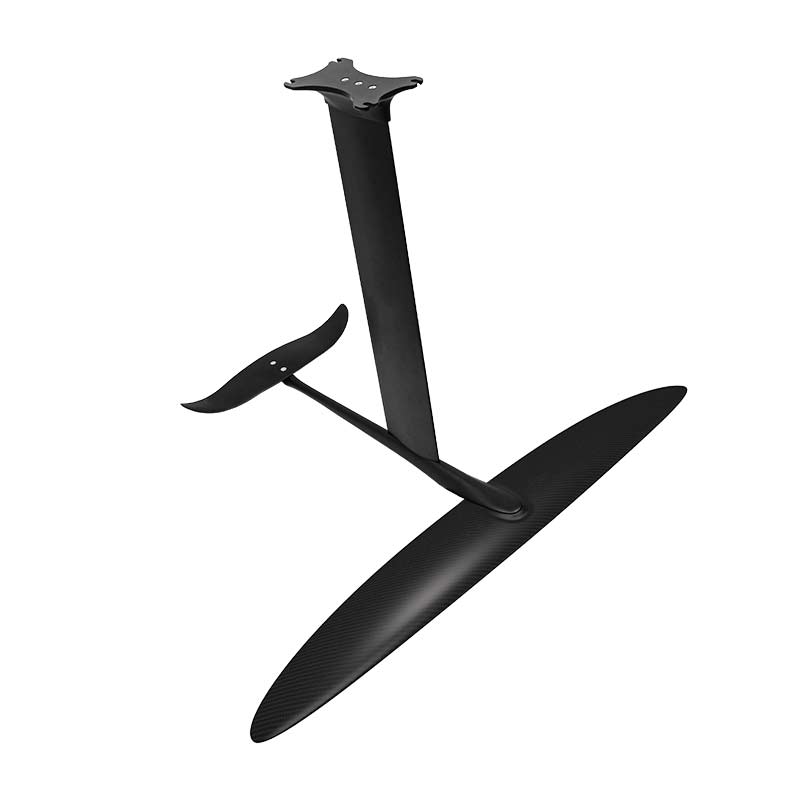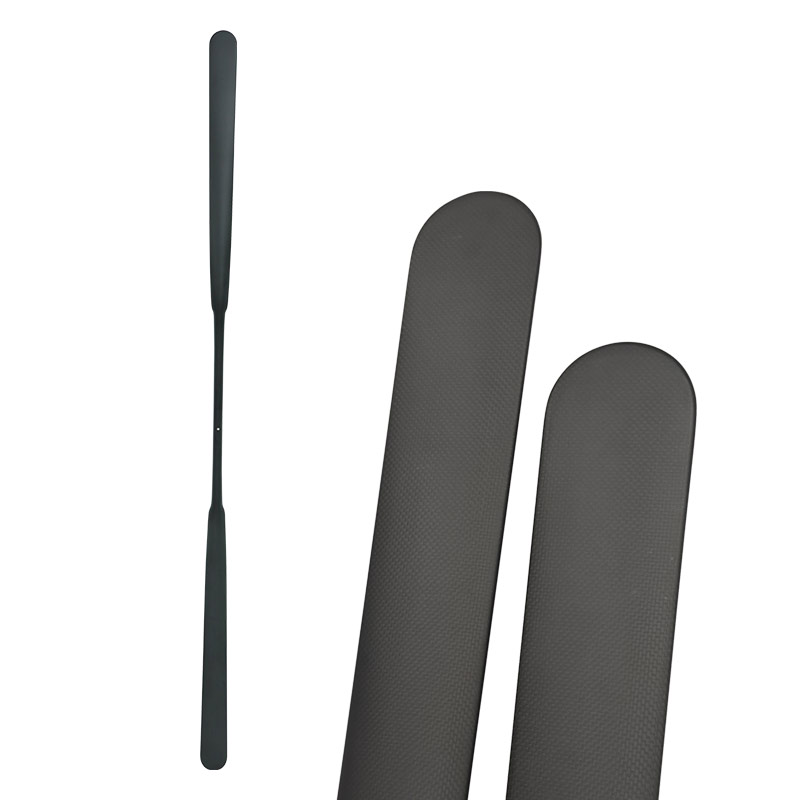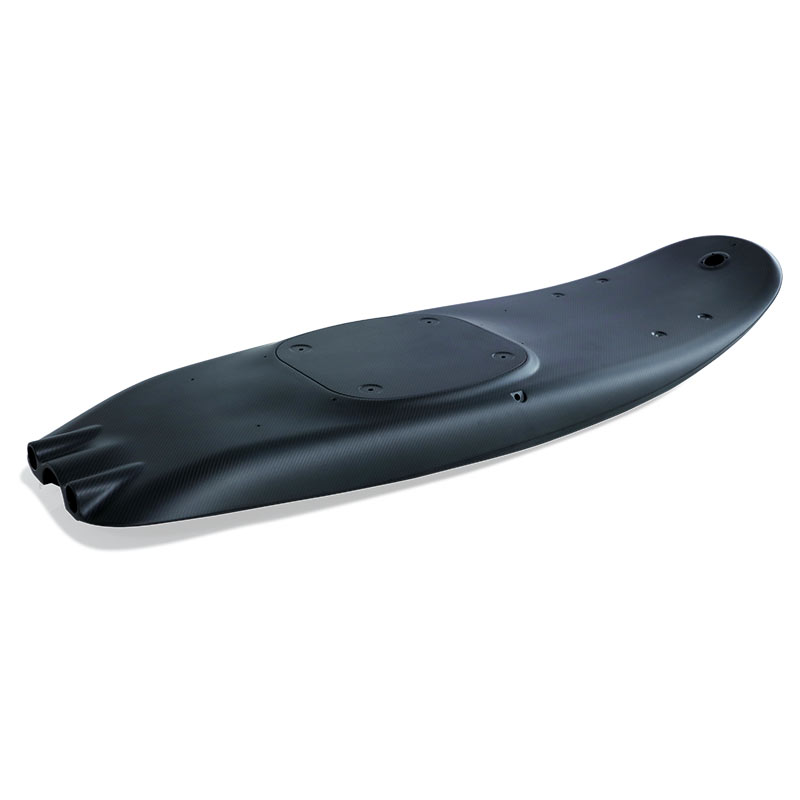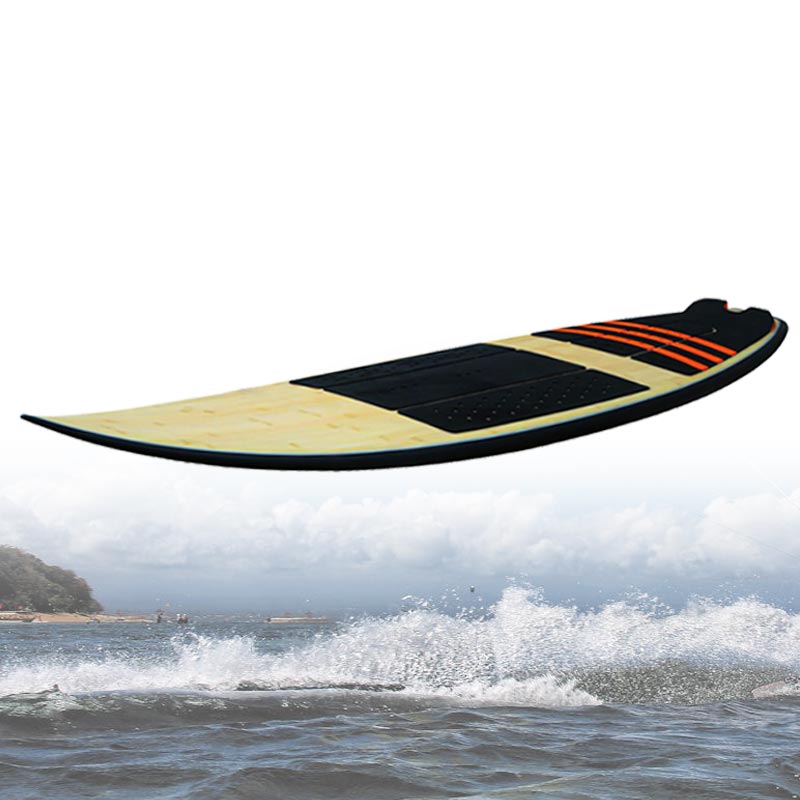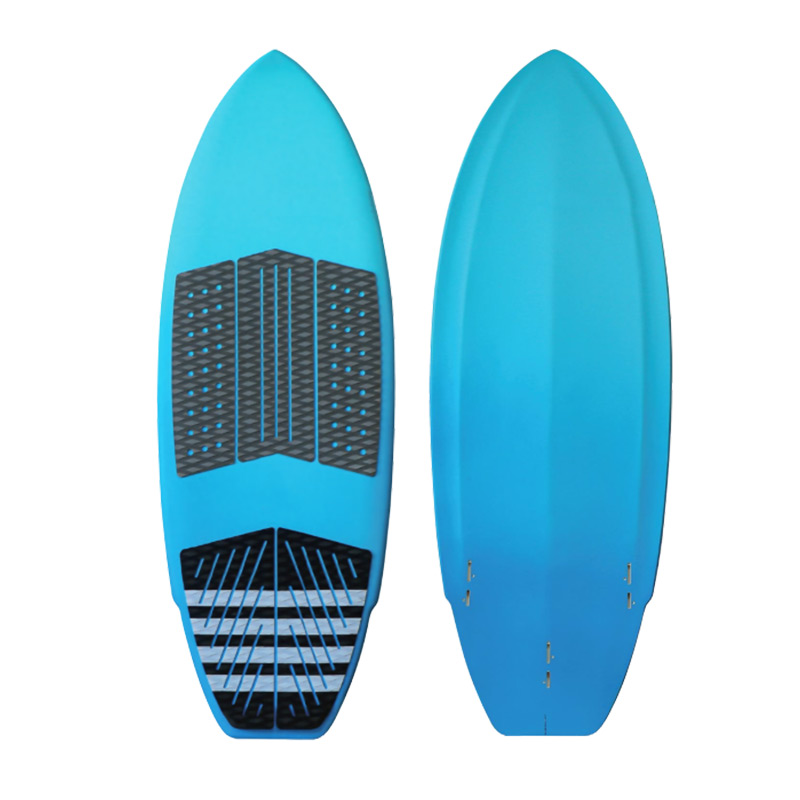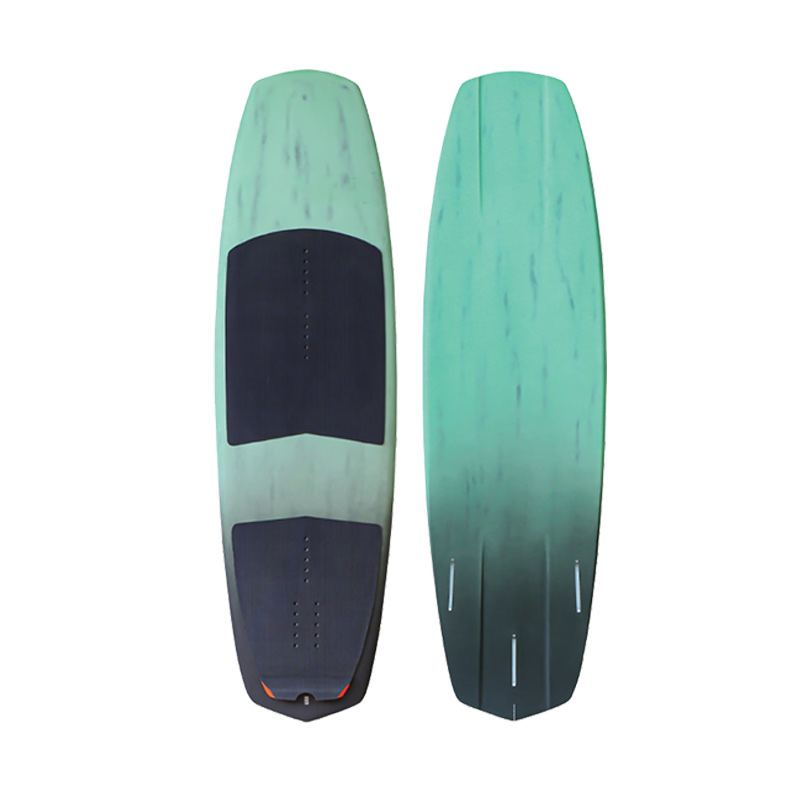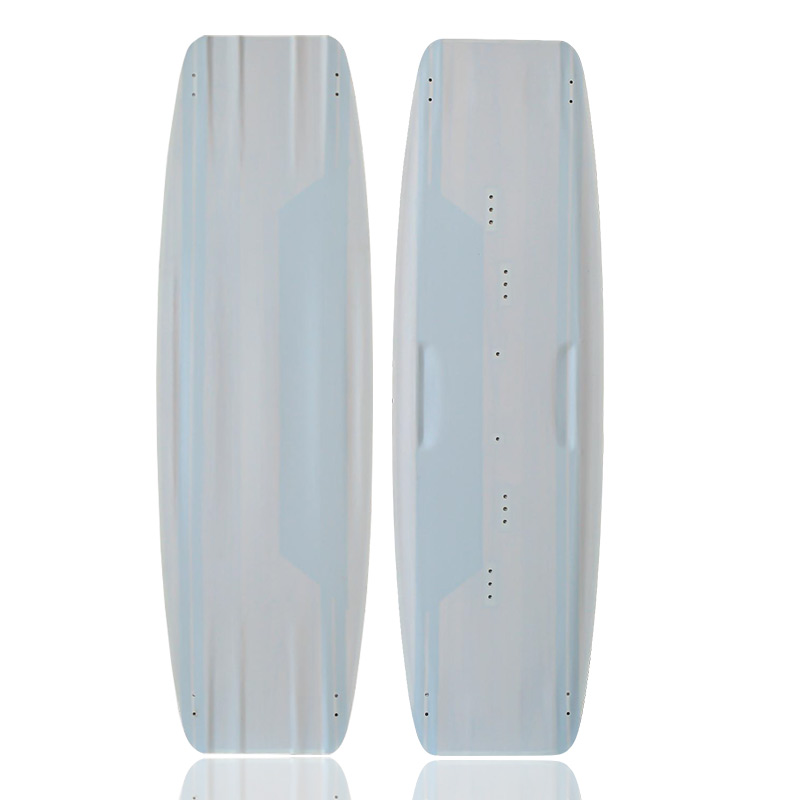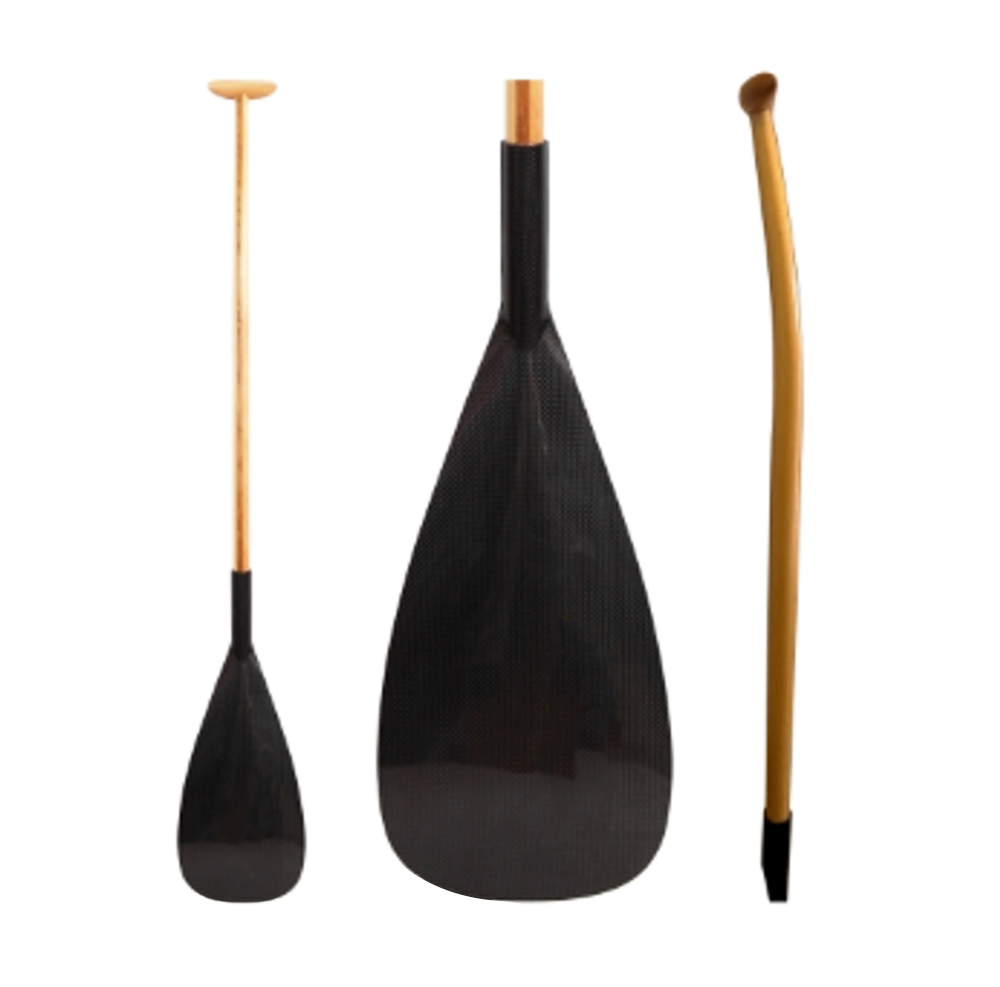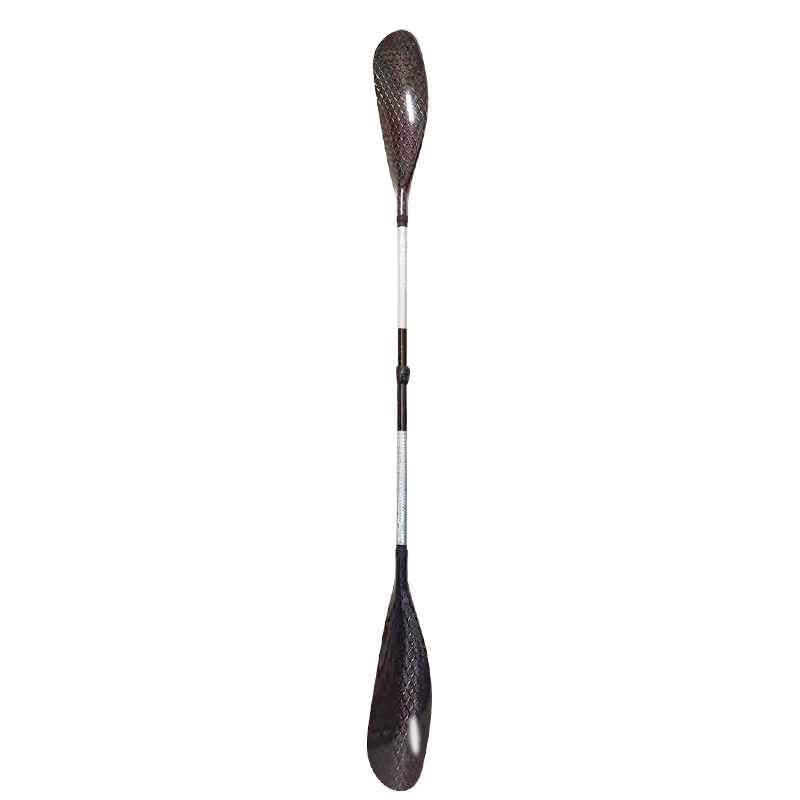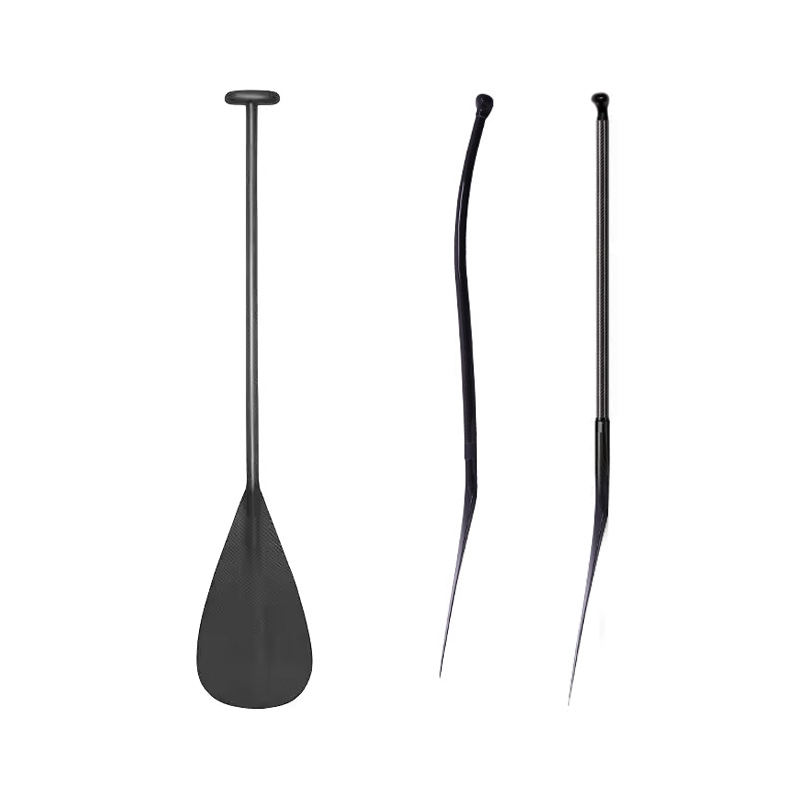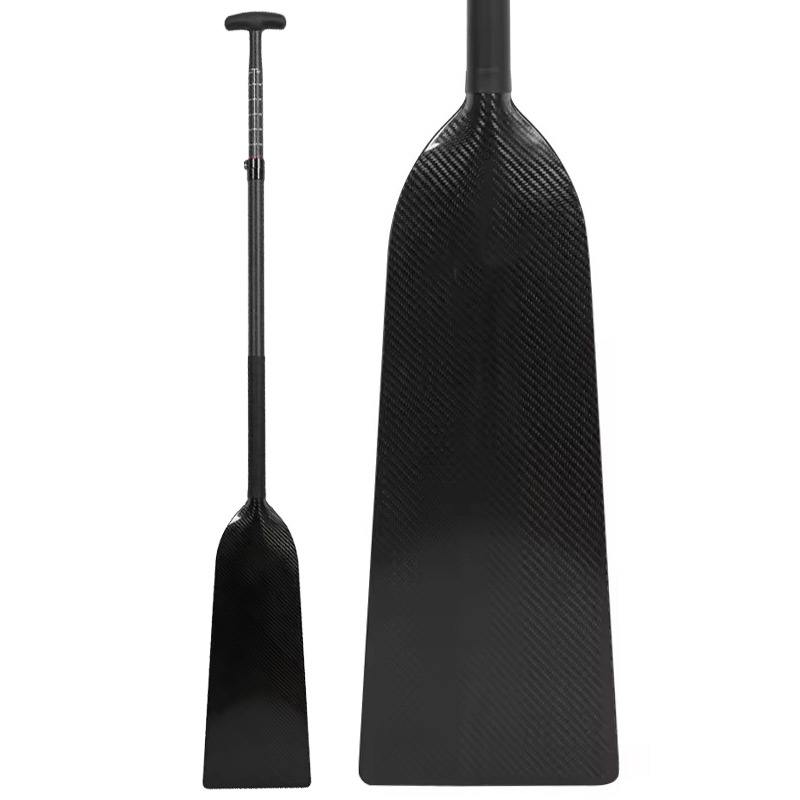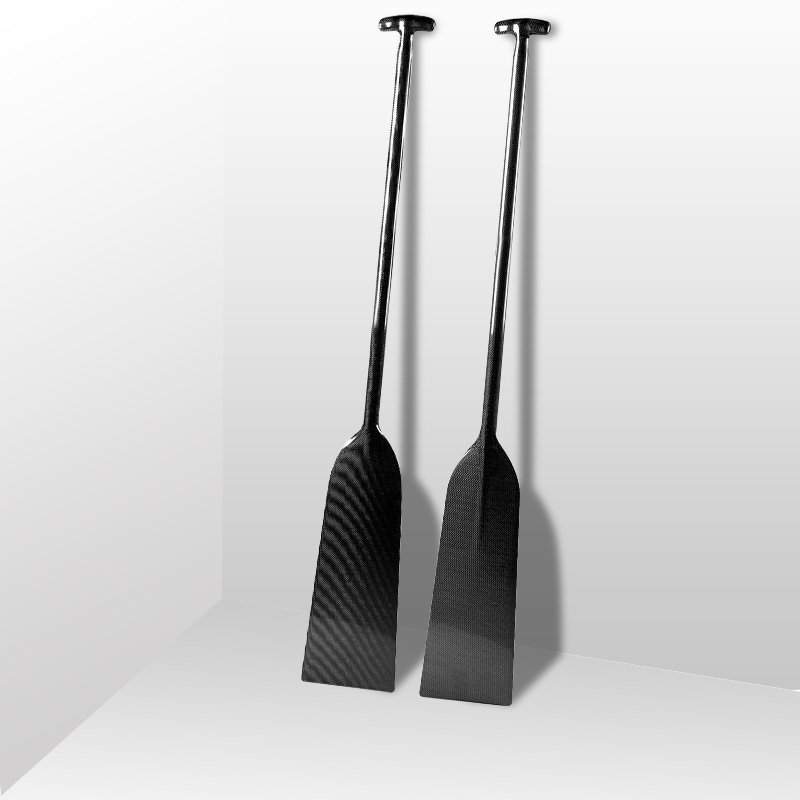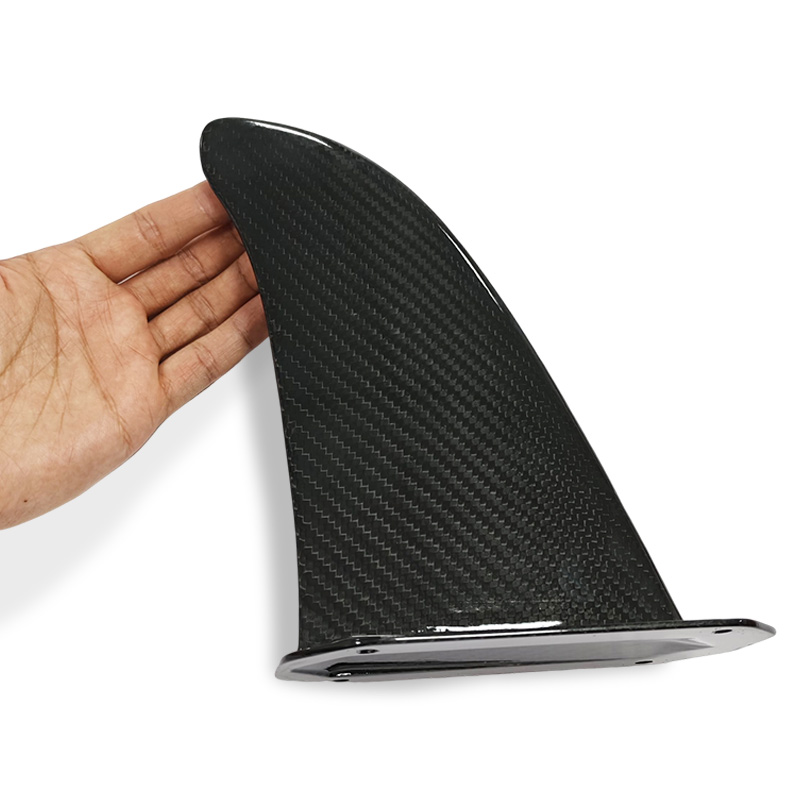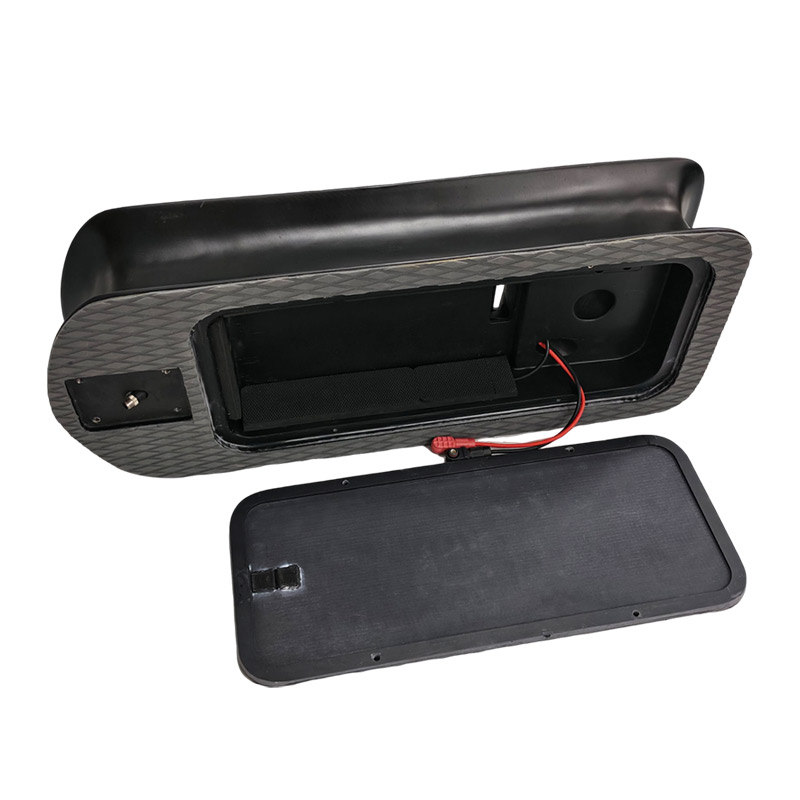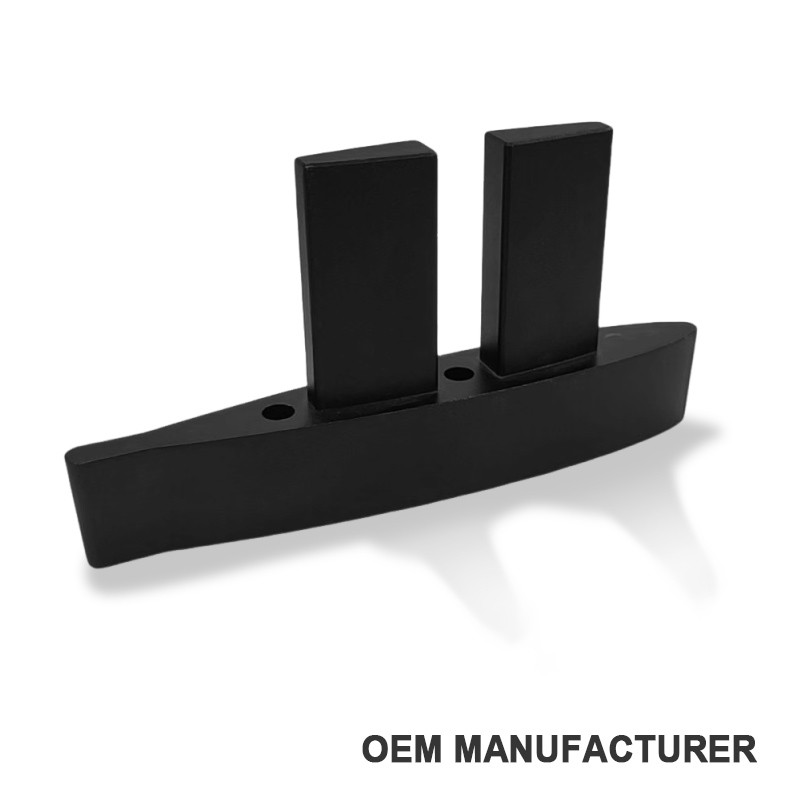Urban skimboarding is redefining action sports, blending the fluid dynamics of ocean skimboarding with the gritty, concrete landscapes of skateparks. Unlike traditional skimboarding, which relies on sandy shores and waves, urban skimboarding transforms skateparks into slippery playgrounds using tarps, water, and creative setups. This article dives into the thrilling world of urban skimboarding, inspired by a group of adventurers who took over a skatepark to chase dreams, push limits, and occasionally dodge the dreaded “cement kiss.”
What Is Urban Skimboarding?
Urban skimboarding involves sliding across thin layers of water on specially designed boards within skatepark environments. By laying down tarps and adding water to create mini pools—often just two to three inches deep—riders can glide, pop, and perform tricks on features like rails, quarter pipes, and stair sets. The setup requires ingenuity, with materials like painter’s plastic, wooden frames, and a whole lot of water to make the concrete slick enough for sliding.
The appeal? It’s a fusion of skimboarding’s fluidity with skateboarding’s urban edge, offering a fresh canvas for creativity. As one rider put it, “Skimming is probably like one of my favorite sports, and this is like my favorite skatepark, so I get to skim my favorite skatepark—it’s sick.”
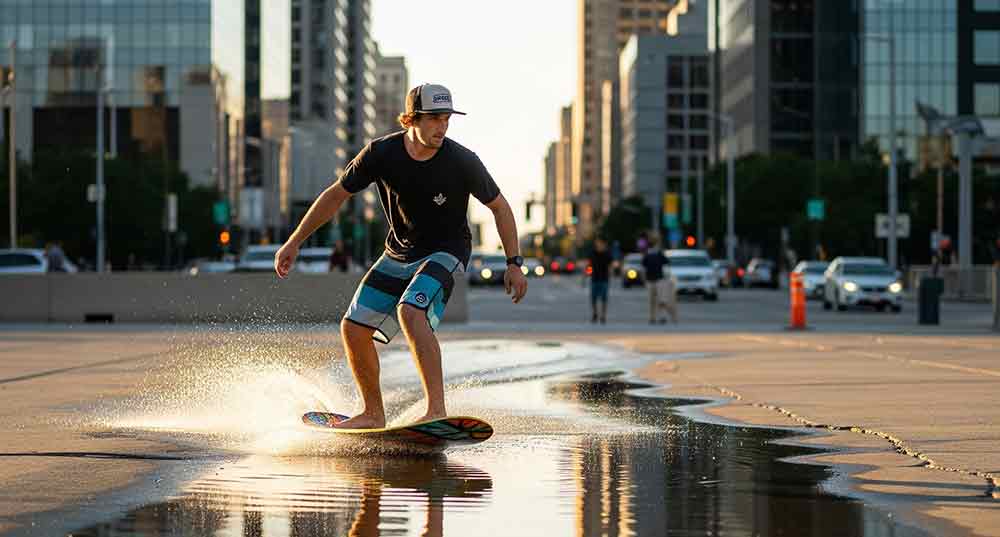
Setting Up the Urban Skimboarding Experience
Materials and Preparation
Transforming a skatepark into an urban skimboarding playground requires careful planning, quality materials, and a touch of ingenuity to replicate the fluid glide of ocean skimboarding on concrete. The crew meticulously gathered the following essentials to craft their setup:
- Painter’s Plastic and Tarps: These lightweight, durable materials form the foundation of the slippery surface. Heavy-duty painter’s plastic, typically 0.31 mil thick, is spread across the skatepark and secured with wooden frames to create contained “mini pools.” Tarps are chosen for their waterproof properties and ability to withstand the abrasion of skimboards sliding at high speeds. The crew often doubles up layers in high-traffic areas to prevent tears and ensure a consistent slide.
- Water: A thin, controlled layer of water—typically 2 to 3 inches deep—is critical for achieving the perfect balance of speed and control. Too little water results in sluggish slides, while too much can cause boards to hydroplane uncontrollably. The crew uses hoses or portable water tanks to fill the tarped areas, carefully monitoring depth to allow riders to pop off the surface for tricks like ollies or shuv-its. One rider noted, “Getting the water just right is an art—you need enough to glide but not so much you’re swimming.”
- Skimboards: Unlike skateboards with their grippy wheels, skimboards are sleek, flat boards designed specifically for sliding on water. Urban skimboarding demands boards with durable materials like epoxy or carbon fiber to withstand the rough concrete beneath the tarps. These boards are typically shorter (around 35-45 inches) and wider than ocean skimboards to enhance stability on the unpredictable skatepark terrain. Riders emphasize the need for precise balance, as the slick surface offers little margin for error.
- Wooden Frames and Anchors: To contain the water and maintain pool-like areas, the crew constructs wooden frames using 2×4 lumber or plywood strips. These frames are staked or weighted down with sandbags to prevent shifting during intense sessions. The frames also help define specific zones for tricks, such as flat sections for spins or ramps for jumps, allowing riders to adapt the skatepark’s features to their needs.
- Additional Tools: Setting up requires more than just tarps and water. The crew brings shovels for leveling uneven surfaces, duct tape for quick tarp repairs, and buckets for precise water distribution. A portable pump is often used to recycle water, ensuring sustainability during long sessions. Some riders even incorporate soap or biodegradable lubricants to enhance slickness, though this requires careful calibration to avoid overly slippery conditions.
The goal is to mimic the ocean’s glide while adapting to the skatepark’s unique obstacles. One rider explained, “You can’t pop on a skimboard if you’re on a flat wet surface or wet concrete—there’s no way you’re gonna pop.” The wooden frames help contain water, creating controlled pools for sliding and jumping.
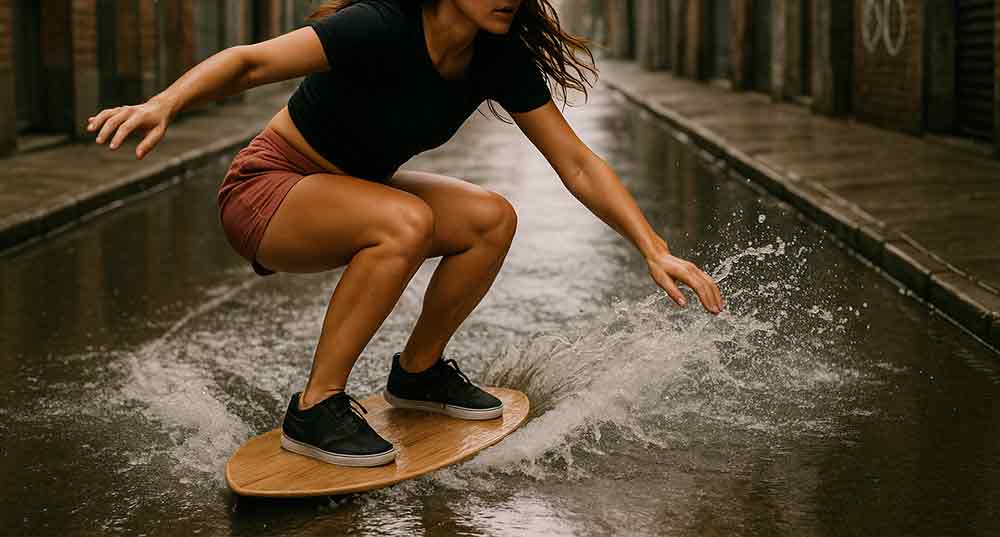
Safety Considerations
While the crew jokingly referenced “safety third,” they took precautions like wearing shin guards and booties to protect against the hard concrete. One rider admitted, “Everything about this, I just don’t want to hit the cement.” Unlike ocean skimboarding, where sand cushions falls, urban skimboarding’s concrete environment demands extra caution.
The Day’s Action: From Mini Pools to Stair Sets
Starting Small: The Bank and Quarter Pipe
The crew kicked off with a beginner-friendly bank, described as “a little bank that’s going to be friendly for all of us.” This setup allowed riders to slide into a quarter pipe, mimicking the approach to a wave. The low-stakes feature was perfect for warming up, with one rider noting, “It’s gonna be a steep learning curve… I’ve never really done this flatland thing.”
Leveling Up: The Table and A-Frame
Next, they tackled a table setup, which posed new challenges. “There’s a lot of death traps there—whichever way you fall, it would suck,” one rider observed. Despite the risks, the crew pushed forward. The table required precise control, as the slick tarp made it “sketchy” but exhilarating. A rider’s attempt at a big spin ended in a revert, highlighting the difficulty: “I didn’t turn my shoulder, so when I landed, I had to revert.”
The Big Finale: Stair Sets and Big Dreams
The day’s highlight was the stair set, where the crew attempted a three-shove-it. The stair set demanded speed and precision, with one rider confessing, “The ollie on is so scary when you go so fast—I’m basically closing my eyes when I ollie.” Despite the fear, the crew landed impressive tricks, with the three-shove-it stealing the show.
Challenges and Thrills of Urban Skimboarding
The Learning Curve
Urban skimboarding is “so much harder than it looks,” as one rider put it. Unlike ocean skimboarding, where waves provide rail control, concrete offers no forgiveness. “You have to be over-centered over your board—that’s it,” a rider explained. The lack of control on slick tarps makes every trick a test of balance and nerve.
The Fear Factor
The concrete environment amplifies the stakes. One rider’s heel tapped a curb, leaving a bruised heel and a reminder of the risks: “Concrete’s hard, and I really like ocean skimboarding—I want to preserve my body for that.” Falls on cement are far less forgiving than on sand, making every attempt a mental and physical challenge.
The Reward
Despite the risks, the crew’s passion shone through. “It’s actually pretty fun… it feels really legit when you’re sliding as fast as you can go on the concrete,” one rider said. The day ended with a sense of triumph, with plans to return with an even better setup.
Why Urban Skimboarding Is Gaining Traction
Urban skimboarding is carving out a niche in the action sports world for several reasons:
-
Accessibility: Skateparks are more common than beaches in many areas, making urban skimboarding a viable alternative.
-
Creativity: The ability to transform skatepark features into skim-friendly obstacles sparks innovation.
-
Community: The camaraderie among riders fosters a supportive environment for pushing boundaries.
As one rider said, “I hope we do this more often… should we go get the park wet?” The enthusiasm is contagious, drawing in both seasoned skimboarders and curious newcomers.
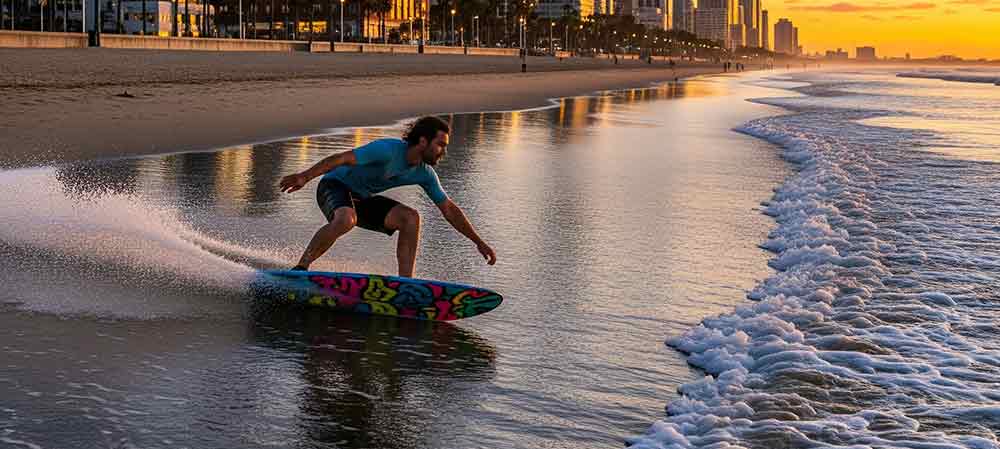
Tips for Getting Started with Urban Skimboarding
-
Choose the Right Gear: Invest in a durable skimboard and protective gear like shin guards and helmets.
-
Start Small: Begin with flat sections or banks to master sliding before tackling rails or stairs.
-
Perfect Your Setup: Use sturdy tarps and wooden frames to create consistent water pools.
-
Prioritize Safety: Concrete is unforgiving—wear protective gear and practice on softer surfaces first.
-
Embrace the Learning Curve: Expect falls and failures, but keep experimenting to find what works.
Conclusion: A New Frontier for Skimboarding
Urban skimboarding is more than a sport—it’s a bold reimagination of what’s possible when creativity meets concrete. The crew showed that with a tarp, some water, and a lot of courage, a skatepark can become a playground for epic tricks and unforgettable moments. As they wrapped up the day, one thing was clear: “We will come back… and we’ll get it next time.” Whether you’re a skimboarder or just curious, urban skimboarding invites you to rethink the boundaries of action sports.
Ready to try it? Grab a skimboard, find a skatepark, and start sliding—just watch out for that cement! And if you want to customize a carbon fiber skimboard, welcome to contact us to get the quote.

